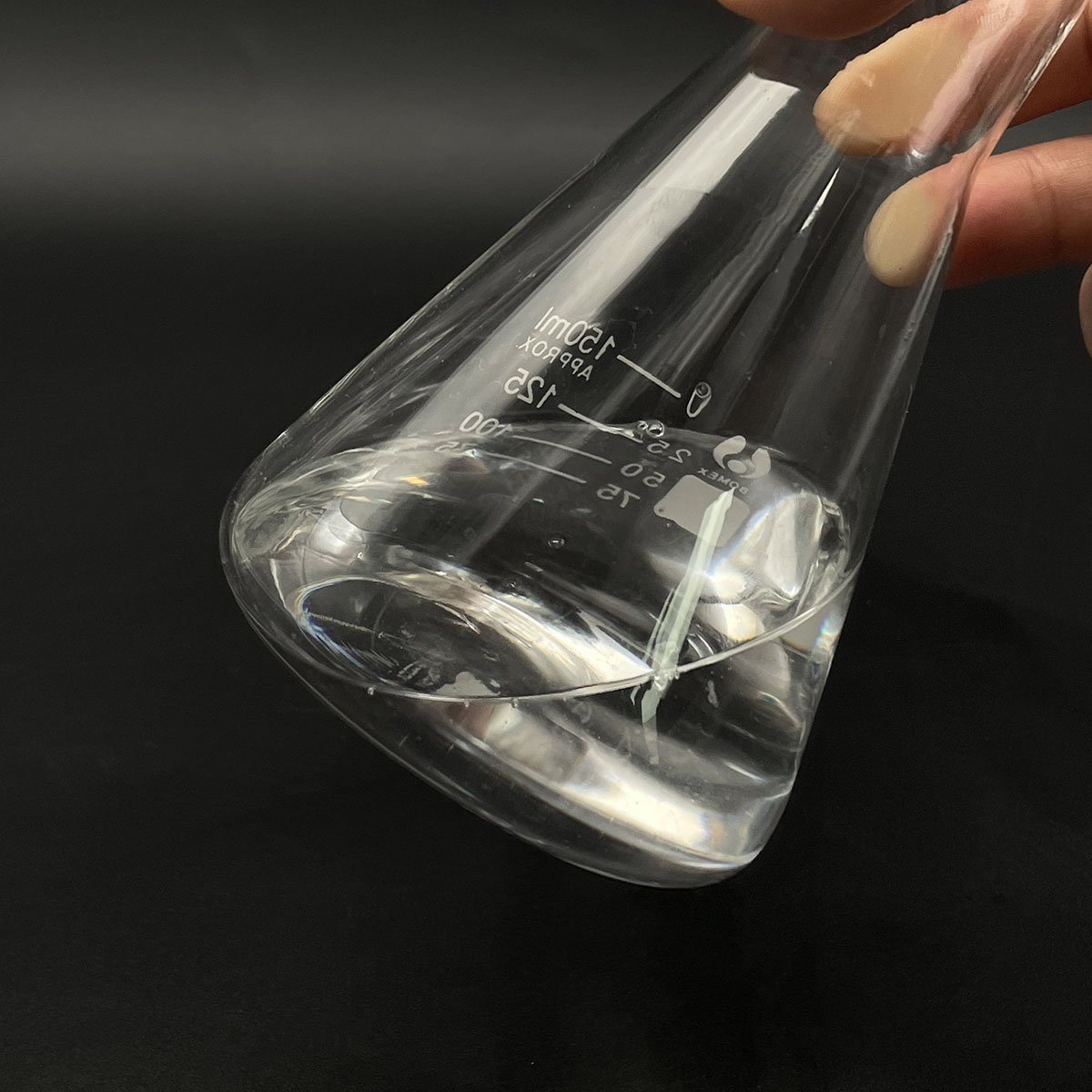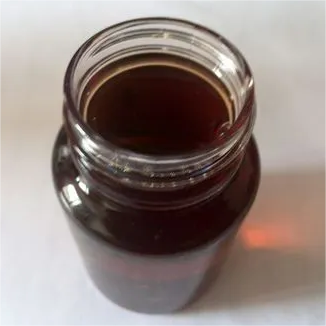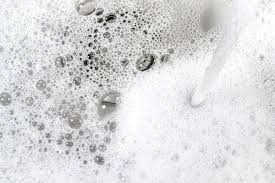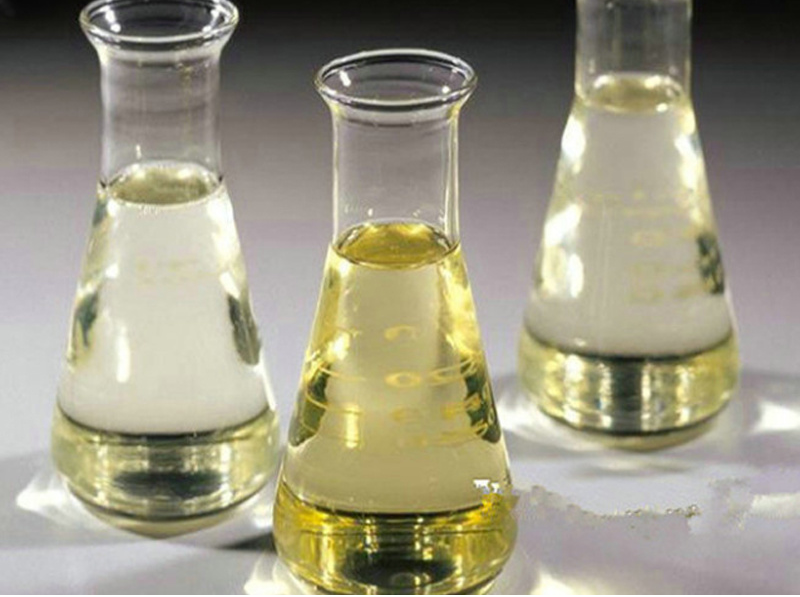**Title: The Smoke-Filled Truth About Your Lungs’ Secret Lubricant**
(How Does Smoking Affect The Surfactant)
**What is Surfactant? Your Lungs’ Unsung Hero**
Think of surfactant as your lungs’ built-in bubble wrap and lubricant. It’s a complex mix of fats and proteins coating the inside of your tiniest air sacs. These sacs are called alveoli. They look like microscopic grapes. Surfactant has one critical job. It lowers the surface tension of the fluid lining these air sacs. Surface tension is the force making water bead up. Without surfactant, the water lining your alveoli would pull too hard. The air sacs would collapse every time you breathed out. Re-inflating them would need enormous effort. Surfactant makes breathing effortless. It keeps those delicate air sacs open and springy. It ensures oxygen gets in and carbon dioxide gets out efficiently. This slippery substance is vital for life itself. You take its work for granted with every easy breath.
**Why Surfactant Matters More Than You Think**
Surfactant isn’t just about making breathing easy. Its importance runs deep. Healthy surfactant ensures your lungs work efficiently. It prevents the alveoli from collapsing. This maximizes the surface area available for gas exchange. More oxygen gets into your blood. More waste carbon dioxide leaves. Surfactant also plays a defense role. It helps trap tiny dust particles and microbes you breathe in. Immune cells in the lungs can then deal with these invaders. Surfactant even helps keep the lungs relatively dry. It prevents fluid from leaking into the air spaces. Without enough good quality surfactant, the whole respiratory system struggles. Breathing becomes labored. Oxygen levels can drop. The risk of lung infections rises. Keeping surfactant healthy is fundamental to keeping your lungs healthy.
**How Smoking Sabotages Your Surfactant System**
Cigarette smoke is a toxic cocktail. It directly attacks your precious surfactant. The chemicals in smoke, especially tar and oxidants, damage surfactant molecules. They break down its essential fats and proteins. This damage makes surfactant less effective. It loses its ability to lower surface tension properly. Smoke also inflames the lung tissue. This inflammation disrupts the special cells making surfactant. These cells are called Type II pneumocytes. Chronic inflammation reduces their numbers. It impairs their ability to produce and recycle surfactant. Smoke exposure increases harmful enzymes. These enzymes further degrade surfactant components. Oxidative stress from smoke directly damages surfactant molecules. The result is a double whammy. Less surfactant is produced. The surfactant that remains doesn’t work well. This failure sets the stage for serious lung problems.
**Real-World Impacts: When Surfactant Fails Smokers**
The consequences of damaged surfactant are not theoretical. They show up in smokers’ lives. The first sign is often shortness of breath, especially during exertion. Climbing stairs feels harder. Walking fast becomes difficult. This happens because poorly functioning surfactant makes the alveoli unstable. They collapse more easily. Re-inflating them takes extra work. This is wasted energy. Over time, this constant strain contributes to emphysema. Emphysema involves the destruction of alveolar walls. Damaged surfactant accelerates this destruction. Collapsed air sacs don’t recover. Permanent holes form in the lung tissue. Gas exchange becomes very inefficient. Smokers are also much more prone to infections like pneumonia. Weakened surfactant can’t trap and help clear bacteria effectively. Lung tissue becomes more vulnerable. Recovery from respiratory illnesses takes longer. Smokers find themselves getting “chest infections” more often. The lack of functional surfactant is a key player in this vulnerability.
**FAQs: Surfactant and Smoking Concerns**
1. **Can quitting smoking help my surfactant recover?** Yes. Quitting is the single best thing you can do. Inflammation decreases significantly. Type II cells start functioning better. They produce more surfactant. The quality of surfactant improves over time. Lung function often shows measurable improvement. This recovery takes time but starts surprisingly quickly after quitting.
2. **Does vaping affect surfactant like smoking?** Research is ongoing. Vaping aerosol contains different chemicals. It still delivers nicotine and other substances deep into the lungs. Early studies suggest vaping can also cause inflammation. It might impair surfactant function. Vaping is not a safe alternative. Its long-term effects on surfactant are still unknown. Avoid it.
3. **Are premature babies the only people who need surfactant treatment?** Premature babies often lack surfactant. They get lifesaving replacement therapy. Adults with severe lung injuries can also need it. Conditions like Acute Respiratory Distress Syndrome (ARDS) sometimes damage surfactant. Replacement therapy is used in hospitals for these critical cases. It’s not a treatment for smoking damage.
4. **Can I test my surfactant levels?** There isn’t a simple test available for routine check-ups. Doctors assess lung health through spirometry, imaging, and blood oxygen tests. These indirectly reflect how well your lungs, including surfactant, are functioning. The focus is on overall lung health indicators.
(How Does Smoking Affect The Surfactant)
5. **Do other pollutants besides smoke harm surfactant?** Yes. Heavy air pollution, industrial chemicals, and certain dusts can also irritate the lungs. They can cause inflammation and potentially harm surfactant production or function. Protecting your lungs means avoiding all inhaled toxins whenever possible. Clean air matters.
Inquiry us
if you want to want to know more, please feel free to contact us. (nanotrun@yahoo.com)




